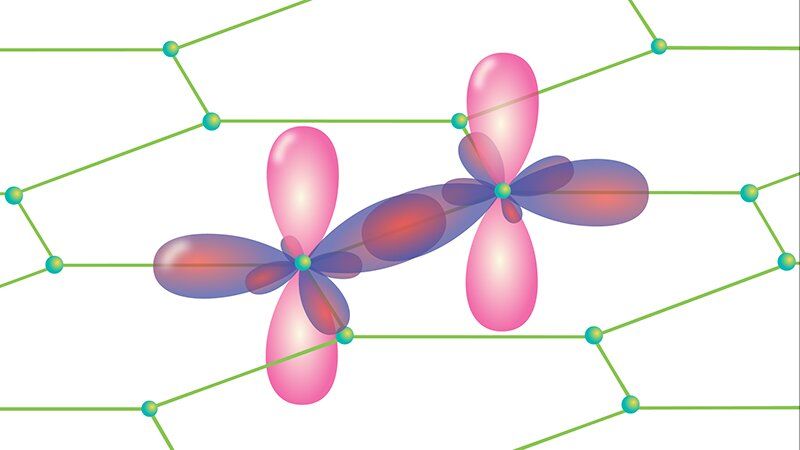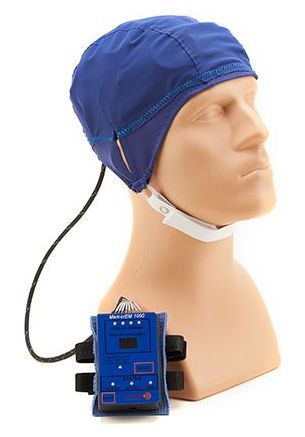Fintech risk management systems are getting a makeover. By adding machine learning technologies to their traditional rules-based fraud management systems, banks hope that they can do better at catching real criminals while declining fewer legitimate credit card transactions. ML technologies, though, have their own gotchas.
Here and there, although not necessarily everywhere, banks are introducing machine language technologies into their fraud detection systems. Essentially, the objective is twofold: to detect real incidents of fraud quickly and accurately, and to do so while preventing false positives, in which legitimate transactions are wrongly tagged as suspicious.
Large banks have led the way in spending on ML-enabled risk management, says Steven D’Alfonso, a research director at IDC responsible for compliance, fraud, and risk analytics strategies for IDC Financial Insights. Lots of bigger banks plan to expand the artificial intelligence (AI)-enabled fraud detection systems into enterprise-wide decision support systems. Many smaller banks that haven’t yet embarked on ML are expected to follow by signing on for ML managed services.









